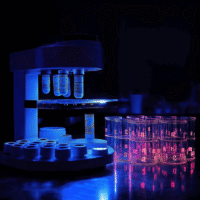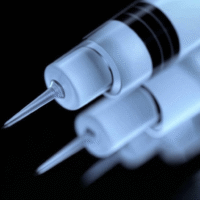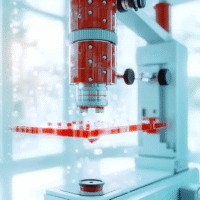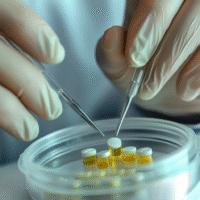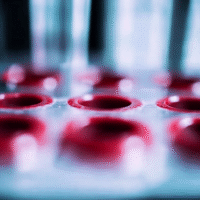Understanding the Trial Results
What Worked?
- Salbutamol, a medication that helps with muscle growth and insulin sensitivity, was shown to improve how the body uses sugar by 21% when insulin is present.
- It reduced the loss of important building blocks for muscles (amino acids) during two days of arm immobilization.
What Didn’t Work?
- Salbutamol did not stop the decrease in sugar absorption in the immobilized arm.
- In animal studies, while salbutamol increased muscle protein building, it didn’t lead to an overall gain in muscle mass because muscle breakdown increased at the same time.
How Does This Help Patients or Clinics?
- This research shows that while salbutamol can support muscle growth, its benefits decline when a muscle is not used. This insight is important when treating patients who may be immobilized due to illness or injury.
Real-World Opportunities
- Doctors could consider using salbutamol as part of a treatment plan for patients who are recovering from surgery or injury and need to regain muscle strength.
- Combining salbutamol treatment with physical therapy may yield better results for muscle recovery.
Measurable Outcomes
- Clinics should track muscle mass and strength before and after using salbutamol in patients.
- Monitor sugar levels in the blood to see if the use of salbutamol improves insulin sensitivity.
AI Tools
- Consider using AI tools for personalized treatment plans that integrate salbutamol with physical therapy schedules, helping to optimize patient recovery.
Step-by-Step Plan
- Start Small: Begin by introducing salbutamol in a few selected cases of muscle disuse due to immobilization.
- Monitor Results: Track outcomes such as muscle strength and blood sugar levels over a set period.
- Expand Use: If successful, gradually expand the use of salbutamol alongside physical therapy for other patients.
Further Reading
For more detailed information about this research, you can read the study here.


















